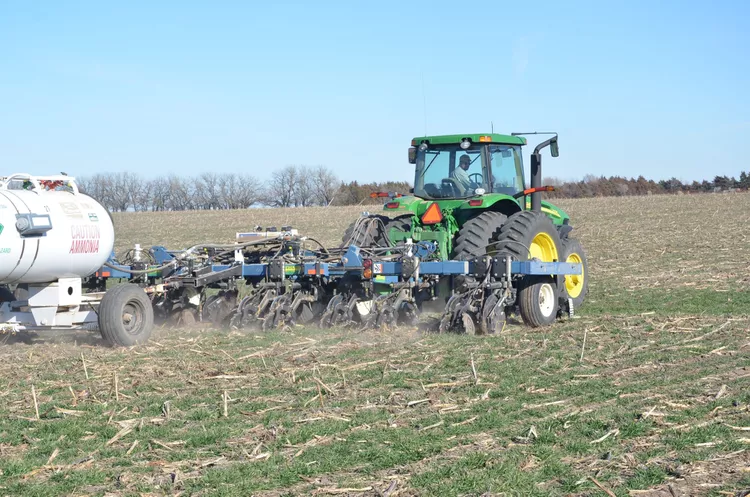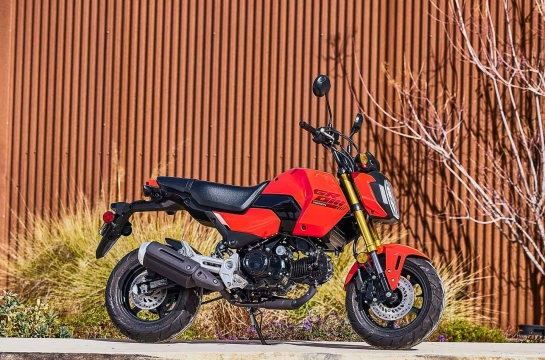- You have no items in your shopping cart
- Continue Shopping

Soil compaction can have a huge impact on crop yields, soil health, and water infiltration. Farmers can help minimize compaction through careful tire selection and maintaining the proper inflation pressure.
Soil compaction force is usually close to a tire’s inflation pressure, says Blaine Cox, national product manager for agriculture, golf, and turf for Yokohama Off-Highway Tires. For example, a very high flexion (VF) or Flotation Tire running at 12 psi causes about half as much compaction as a conventional radial running at 25 psi.
“The advent of increased flexion (IF) and VF technology has revolutionized how the traditional tire is employed through the science of new rubbers and carcass materials,” says Greg Gilland, vice president for global agriculture at Maxam Tire.
These tires are able to carry additional weight at higher speeds or reduce soil compaction though decreased air pressure, increasing the tire footprint for a given load. IF tires allow either 20% more tire load at normal pressure or 20% less air pressure for the same tire load. VF tires allow either 40% more tire load at normal pressure or 40% less air pressure for the same tire load.
Central tire inflation systems (CTIS) can further enhance IF and VF technology to get tires operating at the proper and lowest pressure possible to minimize compaction by adjusting the air in the tire from road to field.
Ken Brodbeck, vice president of technology for Precision Inflation, summarizes with a list of simple dos and don’ts for making decisions around soil compaction.
Don’t:
- Buy the tractor with the heaviest weight package with the smallest tires or tracks
- Add large fertilizer tanks to planting tractor without considering extra load
Do:
- Stay out of the field if it is too wet
- Set tire pressures to acceptable minimum to reduce soil compaction
- Have a tire inflation system to set minimum field pressure and re-inflate for transport
- Remove extra cast weights from both wheel and track tractors unless absolutely necessary
- Reduce number of trips across the field. Fewer passes means fewer compaction areas.
- The passes you do make, keep together to localize any compaction. For example, the grain cart should follow the same path as the combine did.



